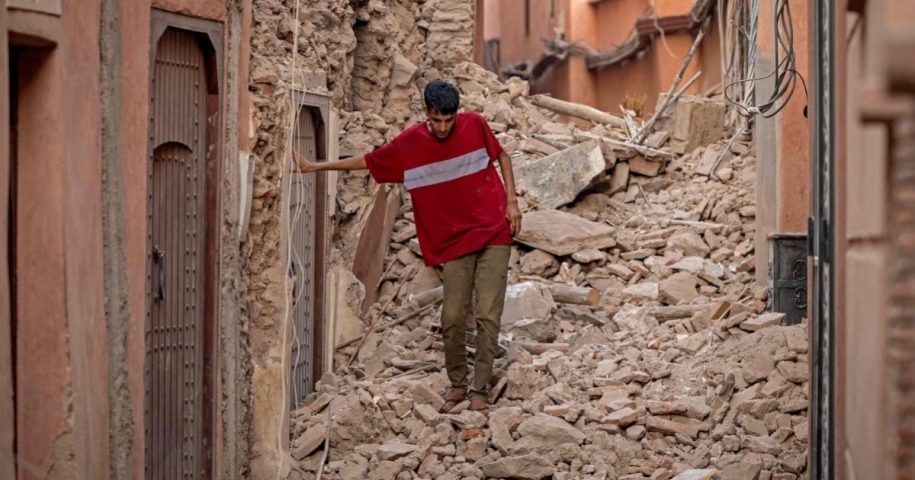Morocco, a captivating country in North Africa, is renowned for its diverse landscapes, cultural heritage, and historical significance. However, beneath its picturesque facade lies a geological story of seismic activity that has shaped the region for centuries. In this article, we will delve into Morocco’s earthquake history, the geological factors contributing to its seismic activity, and the efforts made to prepare for and mitigate the impact of earthquakes.
Geological Setting
Morocco’s location along the intersection of the African and Eurasian tectonic plates makes it inherently susceptible to seismic activity. The African plate gradually converges with the Eurasian plate, resulting in intense pressure and tectonic forces along the plate boundary. These interactions are the primary drivers behind Morocco’s seismic events.
Historical Earthquakes
Over the centuries, Morocco has witnessed several significant earthquakes, some of which have left a lasting mark on its history:
- Agadir Earthquake (1960): Among the most devastating earthquakes in Moroccan history, this event occurred on February 29, 1960, with a magnitude of 5.7. Striking the coastal city of Agadir, resulted in a tragic loss of life and widespread destruction, virtually leveling the city’s infrastructure.
- Lisbon Earthquake (1755): Although the epicenter of this catastrophic earthquake was in Lisbon, Portugal, its tremors were felt in Morocco, notably in the city of Essaouira. The earthquake and ensuing tsunamis had a profound impact on the region.
- Al Hoceima Earthquake (2004): With a magnitude of 6.3, this earthquake struck the Al Hoceima region in northern Morocco, causing significant damage and casualties. It served as a stark reminder of the ongoing seismic risks facing the country.
Seismic Preparedness and Mitigation
Recognizing the potential threat posed by earthquakes, Morocco has implemented various measures to enhance preparedness and minimize the impact of seismic events:
- Seismic Monitoring: Morocco maintains a network of seismological monitoring stations to detect and record seismic activity. These facilities enable scientists and authorities to assess risks and provide early warnings when necessary.
- Building Codes and Standards: The country has updated its building codes and standards to ensure that new construction projects are designed to withstand earthquakes. Retrofitting older structures to meet these standards remains an ongoing effort.
- Public Awareness and Education: Morocco has invested in public awareness campaigns and education programs to raise awareness about earthquake preparedness and safety. This includes earthquake drills in schools and initiatives aimed at disseminating crucial information to the general population.
- International Collaboration: Morocco actively collaborates with international organizations and neighboring countries to exchange information and expertise in earthquake preparedness, response, and research.
Future Challenges and Prospects
Despite significant progress in earthquake preparedness and mitigation, challenges persist. The risk of a major earthquake affecting densely populated urban areas, such as Casablanca or Rabat, remains a concern. It is imperative for the government and local authorities to continue investing in resilience measures and preparedness to safeguard the country’s inhabitants and cultural heritage.
Furthermore, Morocco’s unique geographical position offers opportunities to become a regional leader in earthquake preparedness and research. Collaborative efforts with neighboring nations can strengthen collective capabilities in responding to seismic events, ultimately benefiting the entire North African region.
Conclusion
Morocco’s earthquake history reminds us of the dynamic forces shaping our planet. While the country has experienced its share of devastating seismic events, it has also made commendable efforts to mitigate earthquake risks and enhance public awareness. As Morocco continues to grow and develop, maintaining vigilance in earthquake preparedness is paramount, ensuring the safety of its citizens and the preservation of its rich cultural heritage against the unpredictable forces of nature.


Leave a Reply